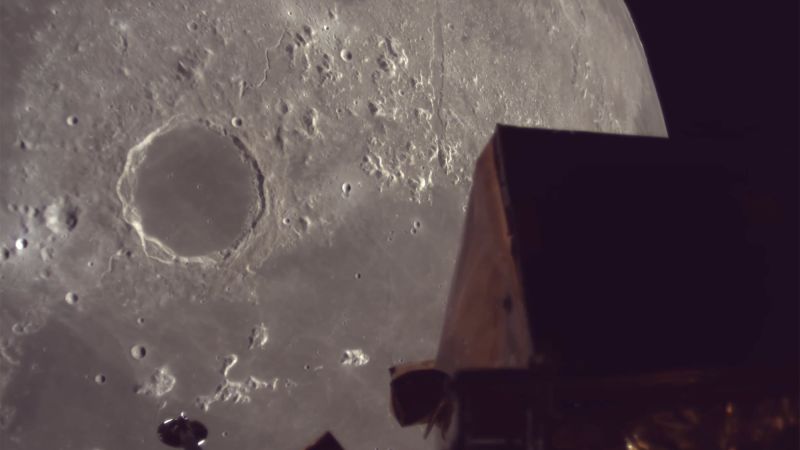In today’s increasingly connected world, scientists are continuing their relentless pursuit of new celestial bodies that may harbor life beyond our planet. A significant finding in this area involves a category of worlds known as sub-Neptunes. These planets are intriguing as they are larger than Earth yet smaller than Neptune, a classification that does not have any representatives in our own solar system. The study of such planets is essential for understanding the variety of conditions that could support life elsewhere in the universe.
Recently, a planet named K2-18b garnered attention when researchers from the University of Cambridge announced that they had identified potential biosignature molecules in its atmosphere. These markers could indicate biological activity, possibly suggesting that life may have existed or still exists on this distant world. However, this finding is not without controversy. Subsequent analyses from different groups of astronomers have challenged the initial interpretations, advocating for a more nuanced discussion about the evidence for life on K2-18b. The back-and-forth nature of these studies underscores the complexities and challenges faced in the search for extraterrestrial life.
The trials associated with the quest for knowledge extend to terrestrial explorations as well. In the world of lunar exploration, Tokyo-based space venture Ispace had high hopes for its Resilience spacecraft, which aimed to achieve a soft landing on the Moon. Unfortunately, the mission hit a snag when contact with the vehicle was lost just before touchdown. This was particularly disappointing following a previous failure of the Hakuto-R lunar lander, which crashed during its attempt in April 2023. Ispace’s CEO, Takeshi Hakamada, reflected on the incident, recognizing the necessity of reevaluating their approaches while maintaining a resilient spirit in the face of setbacks.
Shifting focus from the heavens to ancient history, research into the Dead Sea Scrolls is undergoing a significant transformation thanks to innovative methods combining artificial intelligence with radiocarbon dating. Discovered in 1947 by Bedouin shepherds in a cave in the Judaean Desert, these scrolls contain invaluable fragments of ancient texts, including some of the oldest known copies of the Hebrew Bible. Previously, scholars believed these manuscripts dated from the third century BC to the second century AD, but recent analyses suggest they could be much older, offering fresh insights into the historical contexts of ancient Judaism and early Christianity.
The stories of exploration and discovery do not end there. Researchers from the Woods Hole Oceanographic Institution recently made headlines by capturing unprecedented imagery of a World War I submarine wreck that has lain beneath the waters off California’s coast for 108 years. This endeavor not only helps in piecing together the history of naval warfare but also aims to shed light on the 19 crew members who met their fate on board the ill-fated vessel.
Additionally, the persistence of the plague-causing bacterium Yersinia pestis continues to be a focus of scientific inquiry. Historically responsible for devastating pandemics, including the catastrophic Black Death, researchers are investigating how changes in the bacterium’s genetic structure led to less virulent strains that survived by allowing hosts to live longer, thereby facilitating their continued proliferation. Understanding this adaptive mechanism may provide critical insights into managing contemporary variants of the deadly bacteria that persist today.
On a lighter note, studies involving microscopic nematodes have revealed fascinating behaviors that challenge our understanding of individual organisms. Researchers from the Max Planck Institute and the University of Konstanz discovered that these worms can form massive structures, effectively behaving like a coordinated superorganism. This newfound behavior raises intriguing questions about collective dynamics and adaptability in nature.
Looking ahead, astronomers have revised previous predictions about the potential collision of the Milky Way and Andromeda galaxies, suggesting that our galaxy might soon engage with another cosmic neighbor. Archaeological discoveries in Guatemala have also made headlines as researchers uncovered an ancient Mayan complex, shedding light on the rich cultural history of this remarkable civilization.
As science explores both the outer reaches of the universe and the depths of our own history, the discoveries are relentless, continuously challenging our understanding and sparking a sense of wonder. To stay updated on future discoveries and research, enthusiasts are encouraged to subscribe to newsletters that delve deeper into these topics. Scientists’ findings lead not only to new knowledge but often to more questions, embodying the essence of scientific exploration.



